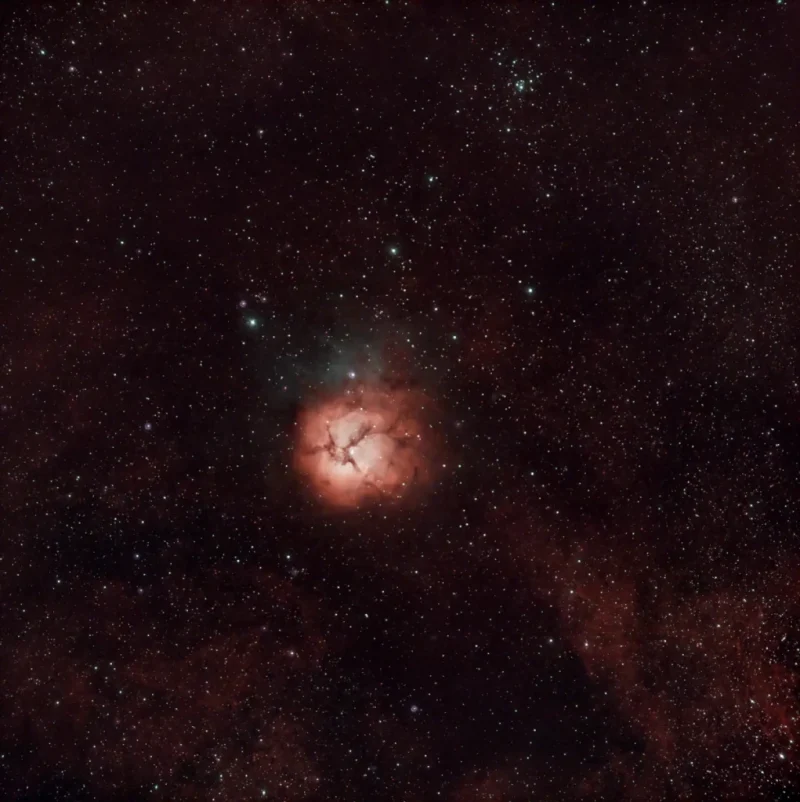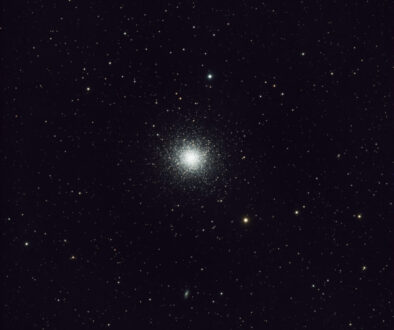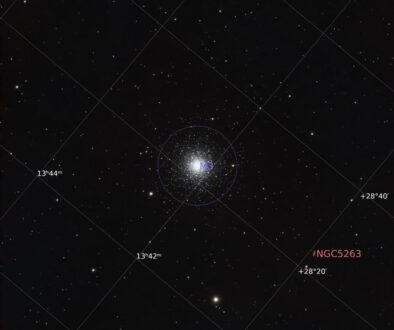Celestial hiccups and fantastic results: imaging the Trifid Nebula
As a member of the RASC, Toronto Centre, in July 2023 I spent a weekend under a dark sky with some friends at the E.C. Carr Astronomical Observatory (CAO).
The second target for the night of July 22-23 was the Trifid Nebula (M 20) in Sagittarius.
While imaging the Trifid Nebula I encountered my share of celestial challenges and technical hiccups. At our latitudes, M 20 is crazy low to the southern horizon, so it is hard to capture a decent amount of photons if you are located in a light polluted area.
Next, for some reason the meridian flip didn’t unfold as expected, leading to a manual intervention and a loss of precious imaging time. Additionally, despite the dew heater operating at maximum power, dew condensed on my guide camera, posing yet another challenge. Post-processing presented its own set of obstacles too, with persistent halos around the brightest stars proving to be a formidable adversary.
Unveiling the Trifid Nebula’s Splendor
The Trifid Nebula, located approximately 5,000 light-years away in the constellation Sagittarius, is a breathtaking combination of emission and reflection nebulae. Its three-lobed appearance, from which it derives its name, showcases a remarkable color palette ranging from blue to deep red and purple, offering a visual feast for astrophotographers and casual observers.
Below you can see the final processed image. Until next time, clear skies!
Setup
Location: Carr Astronomical Observatory (CAO), ON
Scope: Explore Scientific ED80 CF
Mount: Celestron AVX
Guiding camera: ZWO ASI224MC, IR-Cut filter, PHD2
Guide Scope: Orion Deluxe Mini 50mm Guide Scope
Total integration time: 48 minutes (16×180 secs.)
Calibration frames: 20 dark, 10 flat, 100 bias



